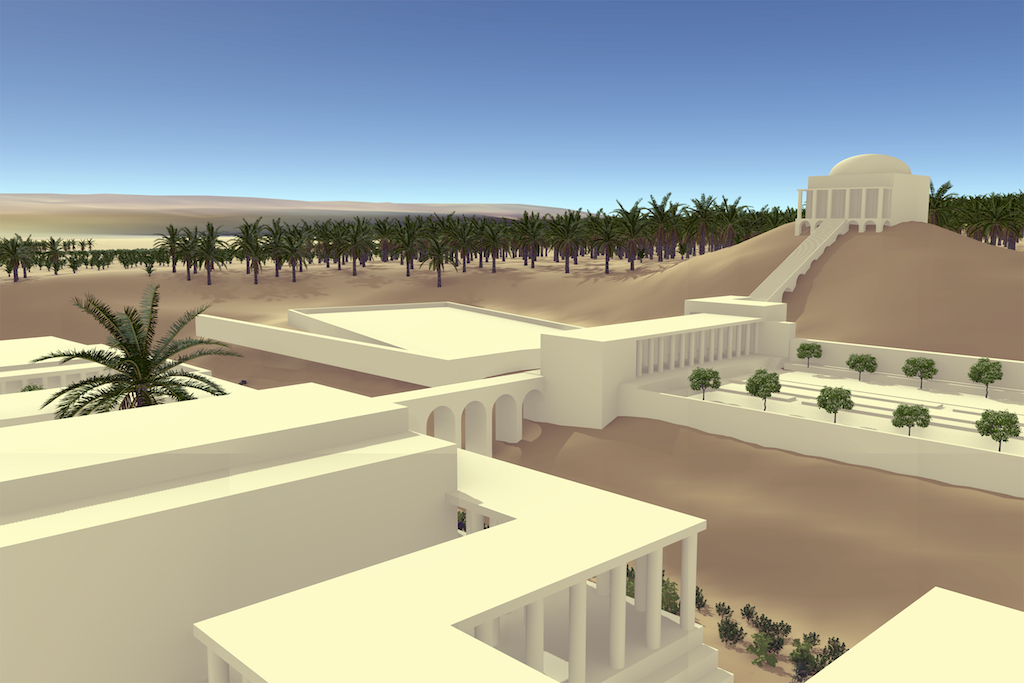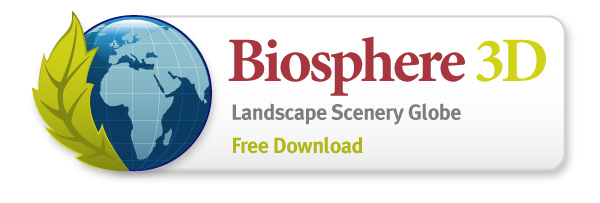Google published version 6 of GoogleEarth and the most important update for our profession is that it comes with 3D trees!
However, not the whole Earth is populated with trees yet but only some areas in a few selected cities: According to TechCrunch 80 million trees were “planted” in Athens, Berlin, Chicago, New York City, San Francisco and Tokyo. Yet, the quality of trees is rather low but Google claims to distinguish 50 species already. Other updates of version 6 include an enhanced integration of StreetView and a more user-friendly overview and navigation through historic aerial images. The new version is a beta and does not update automatically but must be installed from the Google download site. A GoogleEarth showcase can be downloaded here.
The key question for us is how the integration may facilitate the use of GoogleEarth as a tool in landscape related design and planning professions. Sheppard and Cizek (2009) discussed the various technical and ethical issues of previous GoogleEarth versions and identified the lack of vegetation as one of the major limitations. Our tests in the Kimberley Climate Adaptation Project supported the argument that the lack of vegetation distorts the representation of future design scenarios in GoogleEarth and inhibits the otherwise potentially useful tool for landscape planning.
In this context, the new GoogleEarth version allows new user tests and applications. Next steps could be to explore how 3D trees are inserted and distributed, assessments how realistic GoogleEarth forest stands are, and how user´s landscape perception will change with regard to Google´s “Tree View”. As one of the first new applications, Google.org is planning to use the virtual trees to push (real) reforestation campaigns.


